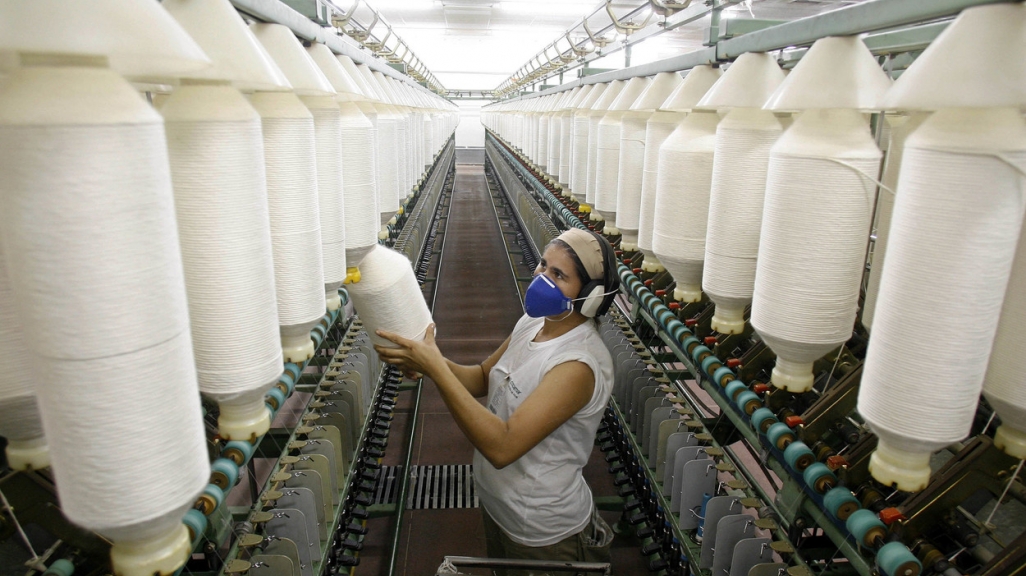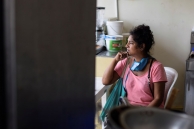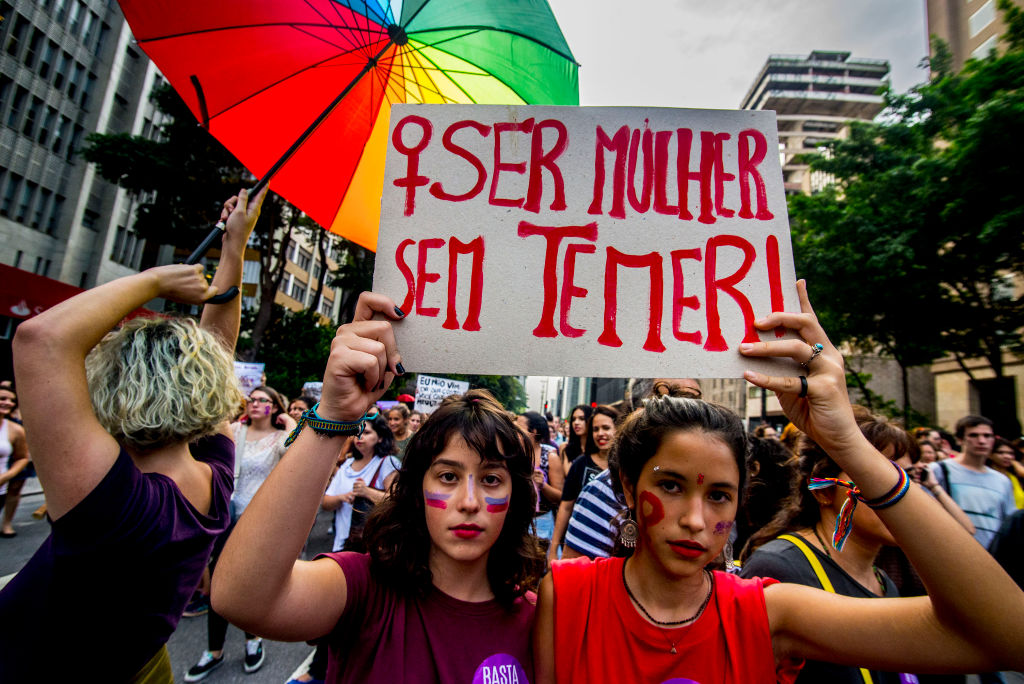Setbacks and Steps Forward: The Pandemic’s Impact on Women in Latin America
Setbacks and Steps Forward: The Pandemic’s Impact on Women in Latin America
As AS/COA marks 10 years of its Women’s Hemispheric Network, we look at the pandemic’s economic effect on women and why Latin America may be poised to make progress.
We’ve heard it before: the pandemic has taken a heavy toll on women, sparking what’s been dubbed a “shecession” as roughly 54 million women around the world lost their jobs last year. And the road to recovery is proving unequal, as well. While the International Labor Organization (ILO) forecasts that men’s employment levels will hit pre-pandemic levels by the end of 2021, 13 million fewer women will be employed compared to in 2019. Overall, women will be 25 percent less likely than men to have a job.
Women also face gaps in job quality, per the ILO. They’re more likely to hold health and social work jobs, roles where they frequently have to put their lives on the line amid the coronavirus crisis. The pandemic also meant more demands for care at home, where women have an outsized burden that can force them to cut or give up paid employment for unpaid household work. They are more likely to be informally employed, less likely to have access to remote work, and—given all the aforementioned challenges—face higher levels of exhaustion and stress. On top of all that, women are less likely to have a voice in forging solutions: worldwide, they made up less than a quarter of COVID-19 task force members.
If the global view looks dim, it’s even more dire in the Americas, where in 2020 women’s employment dropped by 9.4 percent, far more than the 4.2 percent worldwide average and making it the region where women’s workforce participation took the hardest hit.
But all of this grim news doesn’t mean there aren’t paths forward. As AS/COA marks the tenth anniversary of its Women’s Hemispheric Network with an October 21 conference, we explore the pandemic’s impact on women’s workforce participation in Latin America, as well as steps that can be taken to regain ground to advance both women and society as a whole.
AS/COA featured women leaders and male allies from across the Western Hemisphere for a timely discussion on gender parity in the Americas.
La Red Hemisférica de Mujeres de AS/COA cumple 10 años, por lo que miramos el efecto económico de la pandemia en las mujeres y por qué puede que América Latina esté lista para más progreso.
Closing the gender gap may just be "the best post-COVID recovery plan possible," write Americas Quarterly's editors.











